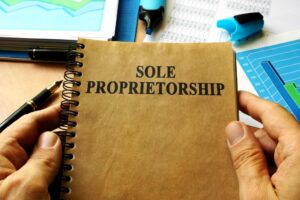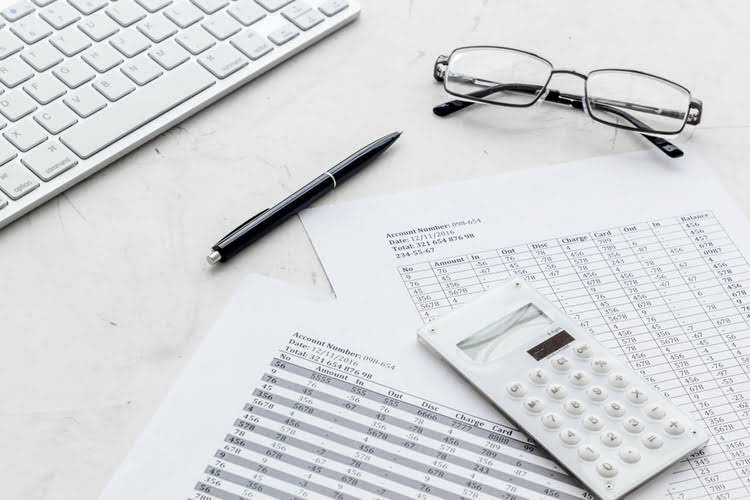
Inventory accounting is the type of accounting that covers these financial operations and responsibilities of the business’s inventory, accurately depicting the assets of the company. Whereas inventory management tracks and controls the movement of inventory, the accounting side deals with the financial information intimately tied to the buying and selling of finished goods. When it comes to inventory accounting, you’ll learn everything you need to know in this guide to inventory accounting. Company management, analysts, and investors can use a company’s inventory turnover to determine how many times it sells its products over a certain period of time.

The accounting for the costs of transporting and distributing goods to customers depends on whether these activities represent a separate performance obligation from the sale of the goods. IAS 2 requires the same cost formula to be used for all inventories with a similar nature and use to the company, even if they are held by different legal entities in a group or in different countries. In practice, for inventory accounting an acquired business this often requires rapid realignment to its new parent’s group methodologies and systems. Unlike IAS 2, US GAAP does not allow asset retirement obligation costs incurred as a consequence of the production of inventory in a particular period to be a part of the cost of inventory. Instead, such costs are added to the carrying amount of the related property, plant and equipment.
Recommended Reading on Inventory Accounting
The GAAP rules also guard against company’s potentially overstating their value. Since inventory is an asset, it actually affects the overall valuation of the business. Many businesses use Excel spreadsheets to keep track of their inventory and accounts. Although Excel is a powerful business analysis tool, it can be error prone and is time consuming to use. A business must document its inventory transactions by publishing inventory accounting journal entries in the accounting ledger. A stock take discrepancy occurs if the actual quantity of stock held by a business is different from the quantity shown in its inventory records.

When selling inventory and recording an accounts receivable, use an accounts receivable object code. Both the FIFO and LIFO methods require the use of inventory layers, under which you have a separate cost for each cluster of inventory items that were purchased at a specific price. This requires a considerable amount of tracking in a database, so both methods work best if inventory is tracked in a computer system. By perpetually tracking inventory, online inventory management software makes it easy to keep track of the cost of goods sold. Every transaction updates the cost of goods sold, whether you use the LIFO, FIFO or average landed cost method. Assuming you’re using the accrual basis accounting method, we can apply the double-entry accounting principle to balance the books.
Types of Inventory Accounting
A company may have a decommissioning or restoration obligation to clean up a site at a later date, which must be provided for. Accordingly, these decommissioning and restoration costs are recognized in profit or loss when items of inventory have been sold. Like IAS 2, US GAAP companies using FIFO or the weighted-average cost formula measure inventories at the lower of cost and NRV. Unlike IAS 2, US GAAP companies using either LIFO or the retail method compare the items’ cost to their market value, rather than NRV. It’s always a good idea for companies to invest in a good inventory management system.
First-in, first-out or FIFO is an inventory valuation method where the first products to be purchased or produced are the first to be sold. In other words, goods are sold chronologically based on the date they were built or acquired. Inventory accounting helps you to correctly track the cost of any inventory sold and accurately value any unsold inventory that remains at the end of each accounting period. Cost of goods sold refers to the total production and purchasing costs that go into a product sold by a business.















